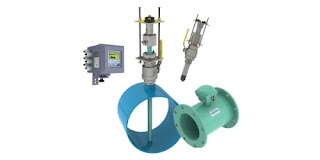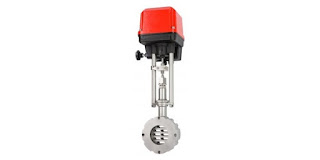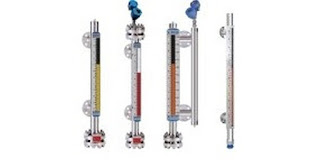 |
| Paperless and Wireless Yokogawa GX20W |
High sampling speed of multiple inputs that can be configured to accommodate a range of input signals, along with data storage, network communications and programmable alarm outputs power up the usefulness of these instruments for monitoring and documenting process operation. Many utilize touch sensitive screens, eliminating any buttons or keys on the operator panel.
Some of the great features available on today's paperless recorders:
- Multiple channels of input
- Start/stop recording by batch, and create data files
- Ample internal memory
- Creation of template-based Excel spreadsheets
- Custom display function
- Historical data with date and time calendar search function
- Ethernet interface
- PROFIBUS-DP and EtherNet/IP protocols
- Dust and splash-proof front panel
- Front panel door lock and login function
Wireless Seals the Deal
Wireless technology is a serious contributor in the effort to improve plant efficiency, lower risk, and increase productivity. Wireless recorders are now available for monitoring virtual all process variables such as pressure, temperature, level, and flow (plus many more). The use of wireless recorders provides a compelling argument when you consider installation cost savings and convenience. Savings estimates as high as 70% are realized when compared to the cost using cables for the same application.
There are many options and variants to accommodate every conceivable process control application. Share your data acquisition and process monitoring challenges with instrumentation specialists, leveraging your own knowledge and experience with their product application expertise to develop an effective solution.
For more information on paperless recorders, contact Miller Energy by visiting https://millerenergy.com or calling 908-755-6700 in NJ or 610-363-6200 in PA.


















